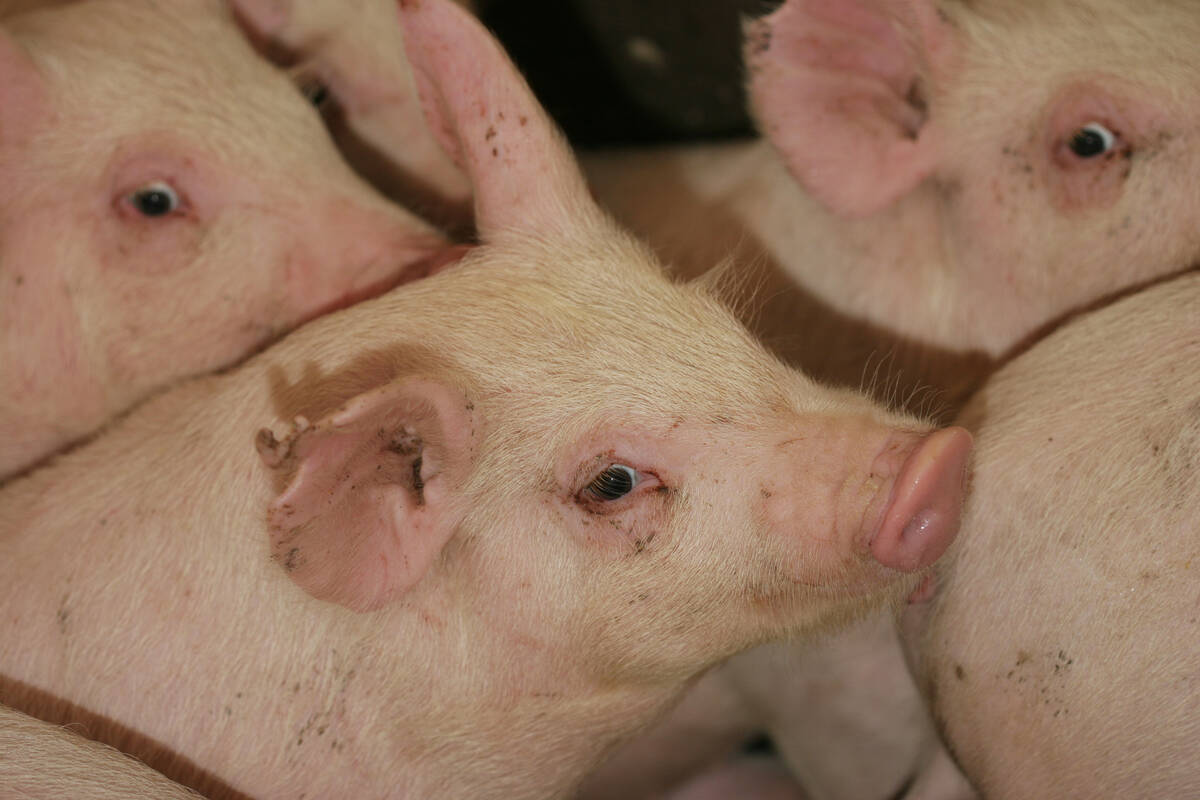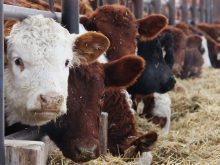SWIFT CURRENT, Sask. – Twenty years after water quality problems were first linked to cattle performance, livestock experts say it is still underappreciated.
“We take water for granted,” said Bob Klemmer, a Saskatchewan livestock development specialist.
Yet it is the most important nutrient for cattle, added Andrew Olkowski, a researcher in the University of Saskatchewan’s animal and poultry science department.
“You cannot consider formulating rations until you know what is in the water,” he told producers at the Foraging into the Future conference in Swift Current.
Read Also

The Western Producer Livestock Report – September 25, 2025
The U.S. national live price average for barrows and gilts was $81.21 Sept. 17. It was $78.37 Sept. 9. U.S. hogs averaged $106.71 on a carcass basis Sept. 17, up from $106.10 Sept. 9.
Water is consumed in much larger quantities than other nutrients, Olkowski said, and therefore poor quality or contamination can have a great impact.
The most common problems are high concentrations of minerals, nitrates and nitrites, and contamination from bacteria or chemicals.
Naturally occurring contaminants also exist in water, such as calcium, iron and sulfur, along with heavy metals such as cadmium.
Sulfur in particular poses a problem if cattle consume it in excessive amounts from water and feed rations. Olkowski said the combined intake could be far more than the recommended 0.4 percent concentration.
Excessive sulfur can cause polio-encephalomalacia, in which cows may die suddenly or appear to be blind and bump into objects.
Olkowski said they are trying to relieve pressure in their brains.
He said he knows of 15 cases of polio this year and the problem is growing.
“Formulate your rations so you don’t add sulfur.”
Olkowski said problems associated with water usually aren’t recognized until they become visible through disease or death.
“Don’t assume your dugout won’t have a problem.”
He recommended testing water sources at least once a year because weather conditions or other factors could change what it contains.
“It doesn’t matter what it looks like,” added Klemmer. “It’s what it contains.”
He said total dissolved solids measurements, developed in 1974, are usually cited when assessing water quality, but minerals and nutrients in water are probably more important.
For example, Olkowski worked with a producer who used well water for his cattle. Water intake was low despite good flow and water that appeared fine.
Upon testing, the total dissolved solids were between 1,200 and 1,400 parts per million, well within acceptable limits.
However, iron levels were 12 to 14 ppm, above the recommended 10 ppm.
Cattle water intake increased after an iron removal system was used.
Canadian guidelines say livestock should be given only high quality water, but Olkowski and Klemmer said that isn’t always possible. Instead, producers must know how to deal with water quality problems.















